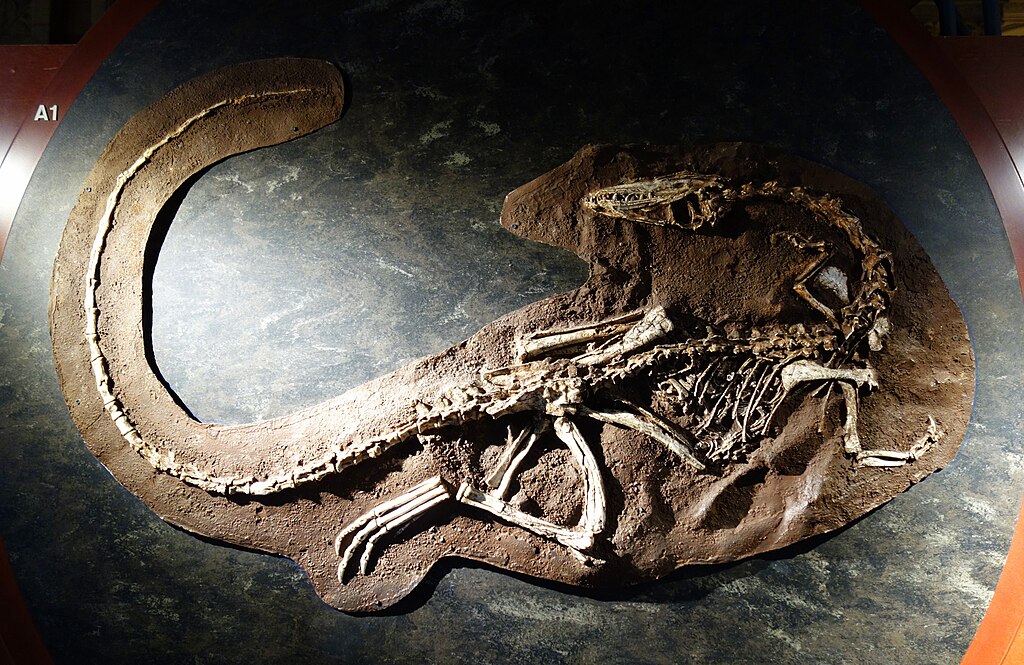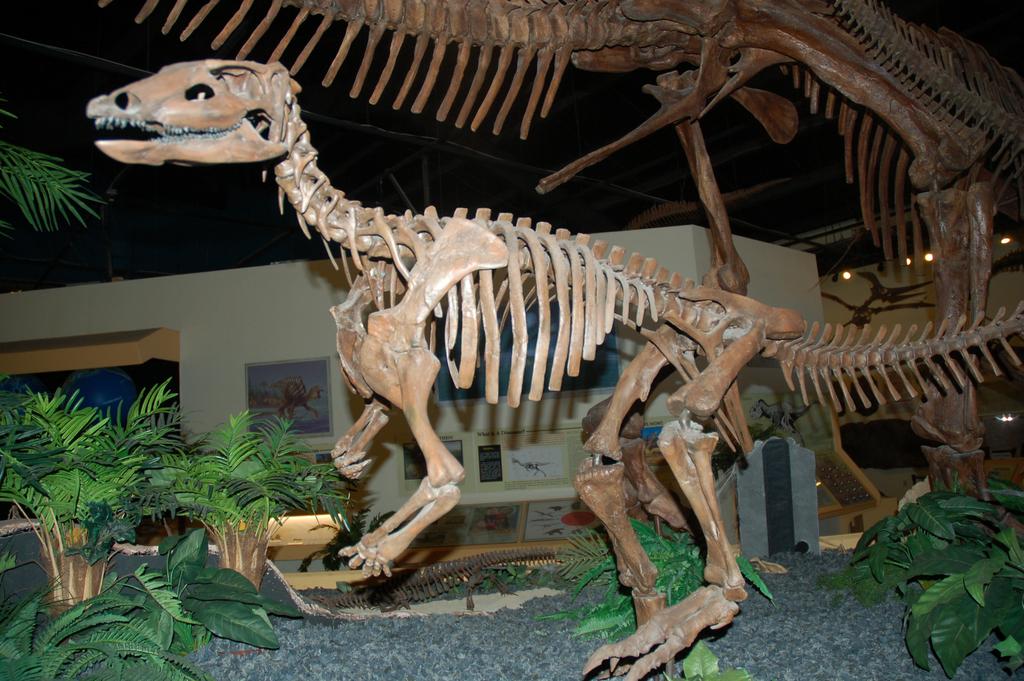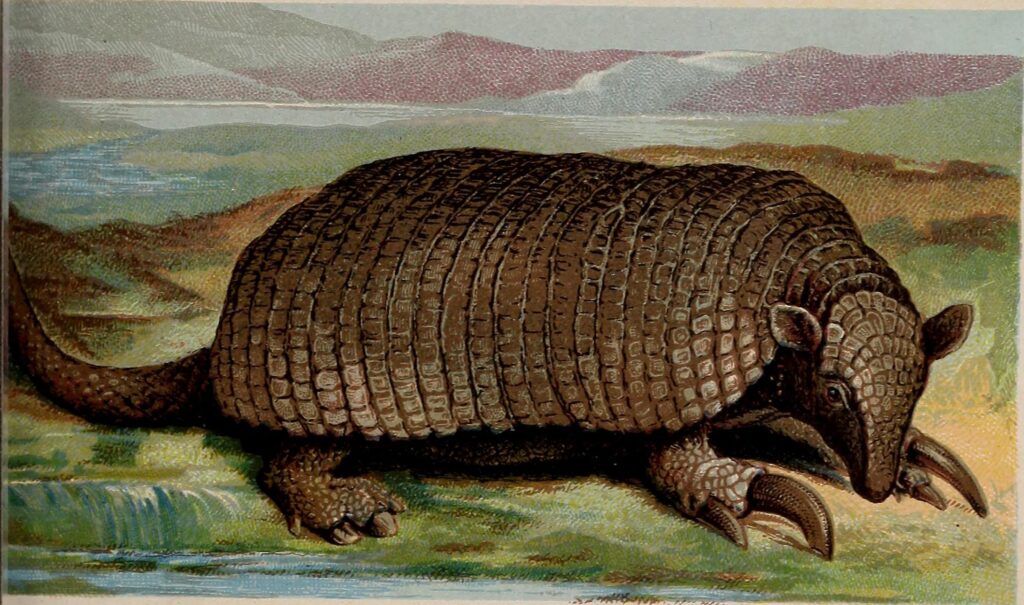Buried beneath layers of sediment and time, microscopic remnants of prehistoric life are changing our understanding of dinosaurs and their evolutionary story. Recent advancements in paleogenetics and molecular analysis techniques have allowed scientists to extract, sequence, and analyze fragments of ancient DNA, challenging long-held assumptions about dinosaur evolution. What was once considered impossible—retrieving genetic material from creatures that roamed the Earth millions of years ago—is now becoming a groundbreaking reality. These tiny molecular fragments, preserved against overwhelming odds, are providing unprecedented insights into dinosaur biology, relationships, and evolutionary pathways that fossils alone could never reveal.
The Unexpected Preservation of Ancient Genetic Material

The conventional wisdom held that DNA could not survive beyond approximately one million years, making dinosaur genetics seem forever out of reach. However, groundbreaking discoveries have challenged this assumption, revealing that under exceptional preservation conditions, fragments of genetic material can persist for tens of millions of years. Researchers have identified preserved soft tissues in some dinosaur fossils, including blood vessels, cells, and protein structures that should have degraded long ago. These materials, found within densely mineralized bone tissue or in specimens that were rapidly fossilized under unique environmental conditions, have opened new avenues for molecular paleontology. The most promising samples often come from specimens preserved in fine-grained sediments that rapidly entombed the remains, minimizing exposure to degrading bacteria and environmental factors that typically destroy biomolecules.
Technological Breakthroughs Enabling Ancient DNA Analysis

The revolution in ancient DNA research would be impossible without parallel advancements in molecular technologies. Next-generation sequencing techniques now allow scientists to amplify and identify minuscule amounts of genetic material that would have been undetectable just decades ago. Mass spectrometry methods have become sensitive enough to identify specific proteins and their amino acid sequences from fossilized tissues, providing indirect evidence of the genetic code that produced them. Additionally, cross-disciplinary collaboration between paleontologists, molecular biologists, and computational scientists has created new methodologies specifically designed for ancient biomolecule analysis. Perhaps most importantly, sophisticated contamination controls and authentication protocols have been developed to ensure that identified molecules are genuinely ancient and not modern contaminants, addressing one of the field’s most persistent challenges.
Collagen Proteins: Windows into Dinosaur Genetics

While intact dinosaur DNA remains elusive, collagen proteins have emerged as crucial molecular fossils offering significant evolutionary insights. Collagen, the most abundant protein in vertebrate animals, is remarkably durable and has been successfully extracted from several dinosaur specimens, including Tyrannosaurus rex and Brachylophosaurus. The amino acid sequences of these proteins can be compared with those of modern animals to establish evolutionary relationships, much like DNA comparisons but with molecules that survive far longer in the fossil record. In a landmark study, collagen extracted from T. rex bone revealed protein sequences most similar to those of modern birds, providing molecular evidence for the dinosaur-bird evolutionary connection that had previously been established only through anatomical similarities. These protein sequences effectively serve as a shadow of the genetic code that produced them, allowing indirect access to genetic information even when the DNA itself has long degraded.
The Bird-Dinosaur Connection: Molecular Confirmation

Perhaps the most significant contribution of ancient biomolecular data has been confirming and refining the evolutionary relationship between dinosaurs and birds. While morphological evidence had established birds as dinosaur descendants, molecular data has strengthened this connection beyond doubt. Protein sequencing from several theropod dinosaurs has revealed molecular signatures consistent with avian lineages, demonstrating evolutionary continuity at the molecular level. These findings have also helped resolve debates about which dinosaur groups were most closely related to modern birds, suggesting that small, specialized theropods like dromaeosaurs and troodontids were birds’ closest relatives. Additionally, molecular clock analyses based on protein evolution rates have helped refine the timing of the dinosaur-bird split, suggesting that the avian lineage diverged from other theropods earlier than previously estimated, perhaps 150-160 million years ago during the Late Jurassic period.
Challenging Traditional Dinosaur Classification Systems
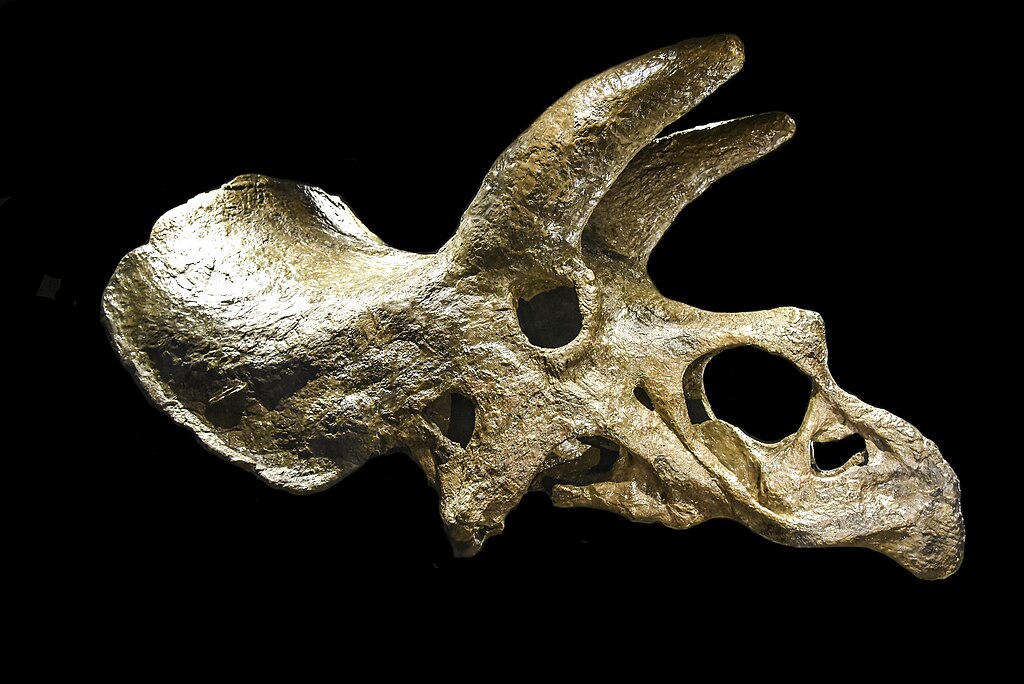
Traditional dinosaur classification has relied primarily on skeletal morphology, but molecular data is forcing paleontologists to reconsider some long-established groupings. Protein sequences and molecular markers have revealed unexpected relationships between dinosaur groups that appeared morphologically distinct but share deeper genetic connections. For instance, molecular evidence has strengthened the hypothesis that ornithischian dinosaurs (like Triceratops) and theropods (like T. rex) share a closer common ancestor than either does with sauropodomorphs (long-necked dinosaurs), contradicting the classic division of dinosaurs into “bird-hipped” and “lizard-hipped” groups. This molecular evidence supports the alternative “Ornithoscelida” hypothesis, which represents a major rearrangement of the dinosaur family tree. Such molecular insights are increasingly being integrated with morphological data to create more accurate phylogenetic trees that reflect true evolutionary relationships rather than superficial anatomical similarities.
Insights into Dinosaur Physiology and Metabolism

Ancient biomolecules are providing unprecedented glimpses into how dinosaurs functioned as living animals. Preserved proteins and their modifications can reveal information about metabolic processes, suggesting whether specific dinosaur species had more reptile-like or bird-like physiologies. Molecular evidence from several theropod lineages indicates oxygen-binding proteins similar to those found in modern birds, supporting theories that many dinosaurs maintained elevated body temperatures and active metabolisms. In some exceptionally preserved specimens, researchers have identified hemoglobin derivatives and other blood proteins that suggest sophisticated respiratory and circulatory systems capable of supporting high energy demands. These molecular findings complement anatomical evidence for air sac systems and high growth rates, collectively building a picture of dinosaurs as much more metabolically active than traditional “cold-blooded reptile” models suggested, with many species likely possessing some form of endothermy or regulated high body temperatures.
Revealing Dinosaur Coloration and Soft Tissue Features
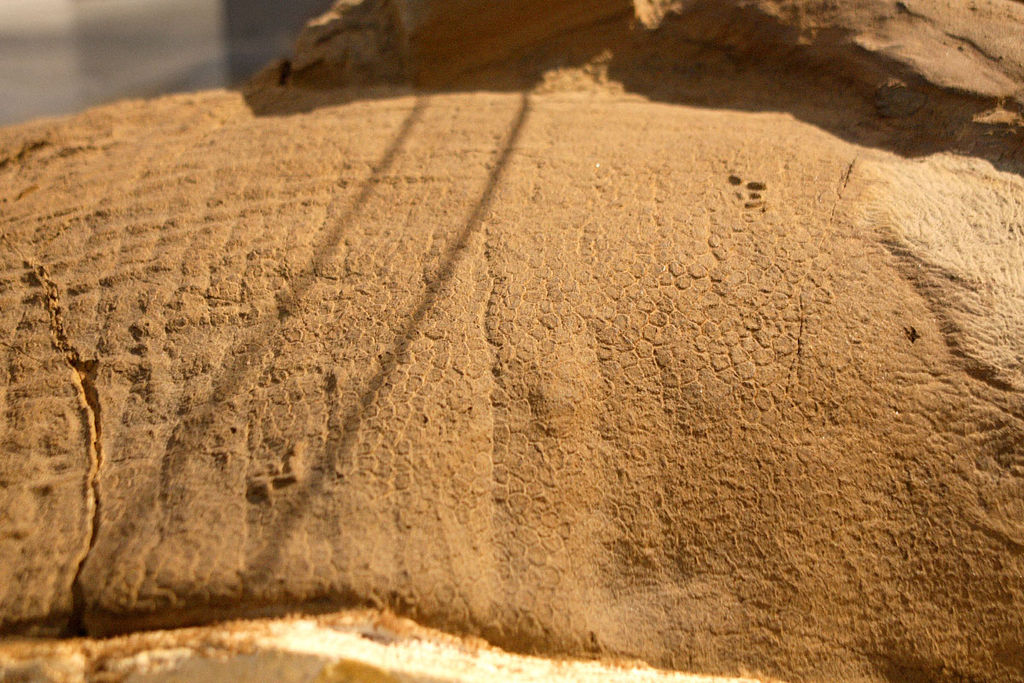
Remarkably, ancient biomolecules have allowed scientists to determine the actual colors of some dinosaurs, a feature once thought impossible to know with certainty. Melanosomes, the cellular structures containing melanin pigments, have been identified in fossilized feathers and skin impressions from several dinosaur species. By analyzing the shape, size, and distribution of these preserved melanosomes and comparing them to those in modern birds, researchers have reconstructed the coloration patterns of dinosaurs like Microraptor, Anchiornis, and Sinosauropteryx. These analyses have revealed that some dinosaurs displayed complex color patterns including russet-colored backs, black and white striped tails, and iridescent feathers similar to modern hummingbirds. Beyond coloration, preserved keratin proteins from claws, beaks, and feathers have provided insights into the structure and function of these soft tissue features, revealing adaptations for different lifestyles and environments that skeletal remains alone could never demonstrate.
Environmental Adaptations Revealed Through Molecular Evidence

Ancient biomolecules are shedding light on how dinosaurs adapted to their environments at the molecular level. Protein modifications and specialized biomolecules found in fossil material suggest adaptations to various environmental stressors, including temperature extremes, seasonal changes, and varying oxygen levels. Studies of collagen proteins from dinosaurs that lived in polar regions show structural adaptations similar to those found in modern cold-adapted animals, suggesting molecular strategies for coping with low temperatures. In other cases, preserved stress proteins indicate adaptations to seasonal drought or other environmental challenges faced by specific dinosaur species. Stable isotope analysis of preserved proteins and other biomolecules has also provided insights into dinosaur diets and habitat preferences, revealing whether particular species were browsers or grazers, and whether they frequented aquatic environments. These molecular environmental adaptations often preceded visible morphological changes in the fossil record, highlighting evolution at work at the molecular level long before it manifested in skeletal adaptations.
The Challenge of Dinosaur DNA Authentication

Despite promising advances, the field of dinosaur molecular paleontology faces significant challenges in authenticating purported ancient DNA findings. Contamination from modern sources remains a persistent concern, as bacterial, fungal, and human DNA can easily overwhelm the minute quantities of preserved ancient material. Researchers must employ rigorous laboratory protocols, including specialized clean rooms, negative controls, and independent verification by multiple laboratories to validate their findings. Additionally, degradation patterns must be carefully analyzed, as authentic ancient DNA and proteins display characteristic damage patterns that differ from modern contaminants. Some previously reported “discoveries” of dinosaur DNA have later been debunked as contamination or misidentification, creating skepticism within the scientific community. The controversial nature of these claims has prompted the development of standardized authentication criteria that any purported dinosaur biomolecular discovery must meet before gaining scientific acceptance, including demonstration of endogeneity, molecular behavior consistent with ancient material, and reproducibility across multiple samples and laboratories.
Reconstructing Dinosaur Genomes: Current Progress and Future Possibilities

While complete dinosaur genome reconstruction remains beyond current capabilities, researchers are making progress in piecing together fragments of genetic information. By identifying preserved DNA fragments, RNA molecules, and proteins from fossilized material, scientists can infer portions of the original genetic code that produced them. Computational approaches using phylogenetic bracketing—comparing the genomes of dinosaurs’ closest living relatives (birds and crocodilians)—allow researchers to predict conserved genetic regions with high confidence. Advanced techniques like molecular modeling and ancestral sequence reconstruction can then use these fragments and predictions to estimate what certain dinosaur genes might have looked like. Some researchers have even used reverse genetic engineering to “resurrect” dinosaur proteins and test their functional properties in laboratory settings, revealing how these molecules operated within living dinosaurs. While the complete revival of dinosaurs as depicted in fiction remains impossible, these advancing techniques may eventually allow scientists to reconstruct substantial portions of dinosaur genomes and gain unprecedented insights into their biology and evolution.
Implications for Understanding Major Evolutionary Transitions
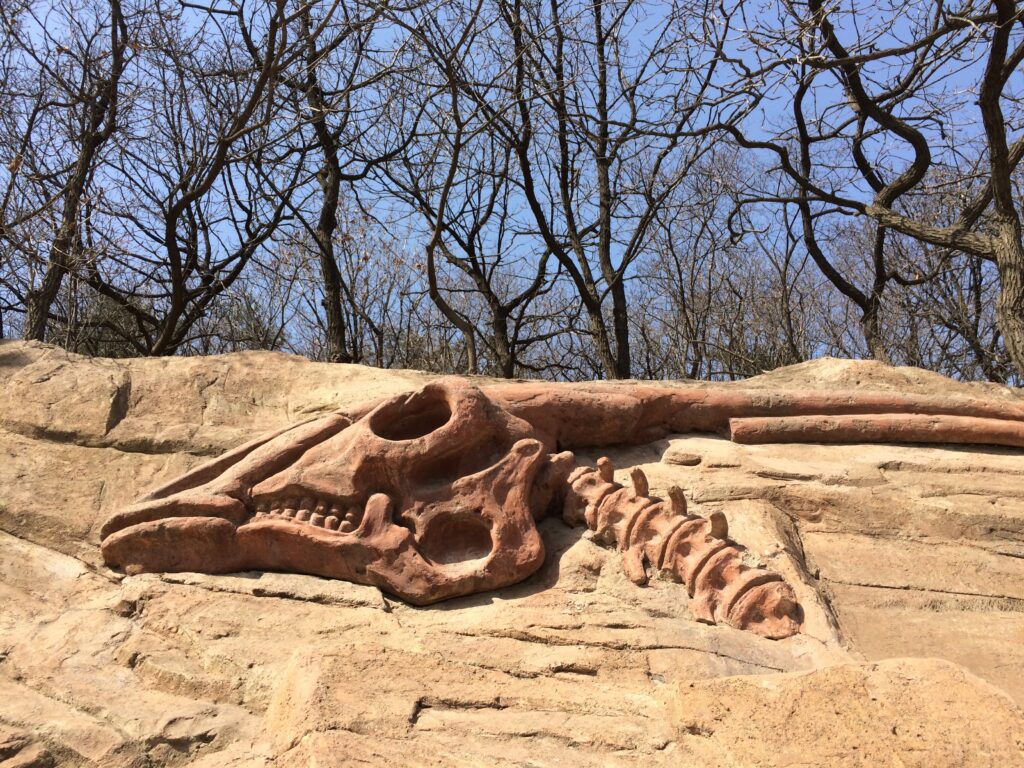
Molecular evidence from dinosaur remains is providing crucial insights into major evolutionary transitions that shaped vertebrate evolution. The dinosaur-to-bird transition, one of the most dramatic evolutionary transformations in vertebrate history, is being illuminated through biomolecular evidence that reveals the genetic changes underlying the development of feathers, hollow bones, and other avian characteristics. Molecular data has helped identify when key genetic innovations first appeared in the dinosaur lineage, often revealing that traits considered uniquely “bird-like” actually evolved deep within dinosaur phylogeny for entirely different functions before being co-opted for flight. Similarly, molecular evidence is clarifying the transition from early archosaurs to true dinosaurs, revealing the genetic underpinnings of the anatomical and physiological changes that allowed dinosaurs to become the dominant terrestrial vertebrates for over 160 million years. These molecular insights into evolutionary transitions are particularly valuable because they reveal the genetic mechanisms driving morphological changes, connecting genotype to phenotype across millions of years of evolution.
Ethical and Philosophical Implications of Ancient DNA Research
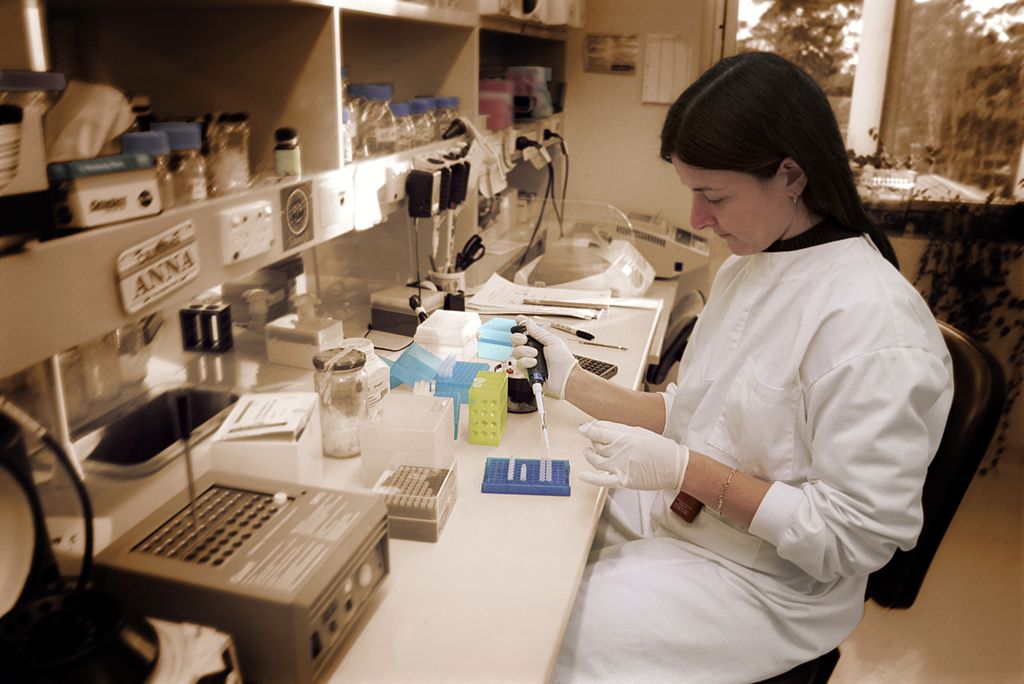
The recovery of ancient biomolecules from dinosaurs raises profound ethical and philosophical questions for both science and society. Researchers must consider the ethical implications of destructive sampling techniques that may permanently alter rare fossil specimens in the pursuit of molecular data. The field must balance scientific progress against preservation concerns, particularly for holotype specimens and rare fossils with cultural or historical significance. Beyond practical considerations, dinosaur molecular research challenges our philosophical understanding of extinction, as it blurs the line between the truly lost and the potentially recoverable aspects of extinct species. This research also prompts us to reconsider what defines a species—its morphology, its ecological role, or its genetic code—and what it would mean to “resurrect” an extinct organism if only fragments of its genome could be recovered. These questions take on added significance as conservation biologists increasingly look to ancient DNA techniques to understand and potentially address modern extinction crises, creating unexpected connections between paleontology and conservation biology through shared molecular methodologies.
The Future of Dinosaur Molecular Paleontology

The field of dinosaur molecular paleontology stands at a technological frontier poised for transformative advances in the coming decades. Emerging technologies like quantum sensing, which can detect minute molecular signals previously considered undetectable, may soon allow identification of genetic material in specimens currently considered too degraded for analysis. Artificial intelligence and machine learning approaches are being developed to identify patterns in highly fragmented biomolecular data that human researchers might miss, potentially reconstructing larger portions of genetic information from minimal preserved fragments. Paleoproteomics—the study of ancient proteins—is likely to yield particularly significant advances, as proteins survive far longer than DNA and directly reflect the genetic code that produced them. As analytical techniques become more sensitive and less destructive, a greater number of museum specimens will become available for molecular analysis, exponentially increasing the dataset available to researchers. These technical advances, coupled with increasingly sophisticated computational approaches to analyzing and interpreting the data, suggest that our understanding of dinosaur evolution through molecular evidence will advance dramatically in the near future, potentially revolutionizing paleontology just as ancient DNA has already transformed archaeology and human evolution studies.
Conclusion
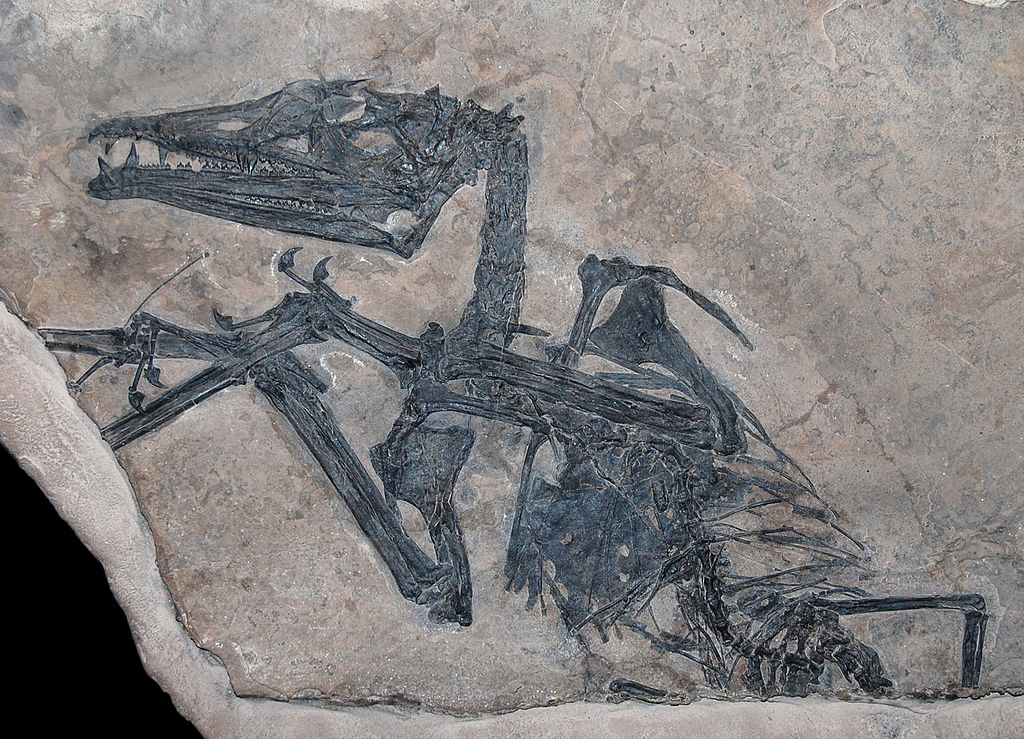
The emerging field of dinosaur molecular paleontology represents one of the most exciting frontiers in evolutionary biology. By extracting and analyzing ancient biomolecules preserved against overwhelming odds, scientists are gaining unprecedented insights into dinosaur biology, relationships, and evolutionary pathways. These molecular fragments are confirming some long-held theories while challenging others, reshaping our understanding of dinosaur evolution and their connection to modern birds. Although the field faces significant technical challenges and requires rigorous authentication protocols, the potential rewards are immense. As technologies continue to advance and more specimens yield their molecular secrets, we can expect our understanding of dinosaur evolution to be transformed in ways that previous generations of paleontologists could hardly have imagined. Far from being lost to time, the genetic legacy of dinosaurs continues to influence our understanding of life’s evolutionary history, one tiny molecular fragment at a time.

